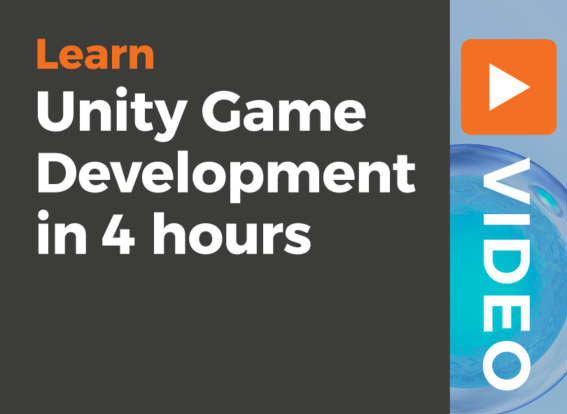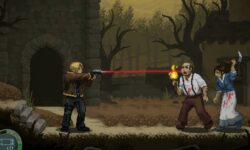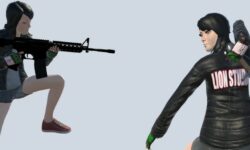Unity Game Development in 4 hours
Release date:2019, April 21
Duration:03 h 36 m
Author:Packt Publishing
Skill level:Beginner
Language:English
Exercise files:Yes
Learn
Learn Unity, one of today’s most popular game engines
Develop a first-person 3D game without any prior knowledge of game development or Unity
Learn relevant game-development skills and practices
Learn the basic of 3D level design
Utilize the power of the Asset Store and find the best free-to-use assets
About
Curious about game development but afraid to get into it because it seems too hard? Fear no more! With this course, you will learn how to develop games with one of the most popular engines in the industry. You will learn only relevant and practical information, and appreciate how it applies to the real world.
By the end of this course, you will have a full-scale 3D game, similar to indie favorites such as Dear Esther, Amnesia, and Gone Home. In only 4 hours, you will become an indie developer!
Style and Approach
In this fast-paced course, you will learn how to use the latest version of Unity with relevant and practical examples. While most beginner-level Unity courses do a decent job of teaching some basic concepts, they do so in a boring and theoretical way. Even when they show a game example, it tends to be at best a very basic number-guessing or visual-novel game. In this course, you will create a nice-looking 3D game with a first-person perspective. After completing the course, you will have a product you can actually be proud of.
Features
Learn one of the most popular tools in the industry and develop a 3D game in only 7 days, without any prior knowledge of game development.
Learn game-development best practices with relevant and practical examples.
Create an interesting 3D game using Unity 2019 for free, with only a few lines of code.





 Channel
Channel




